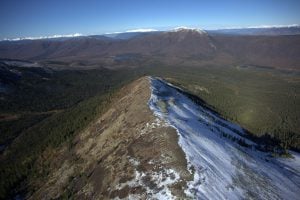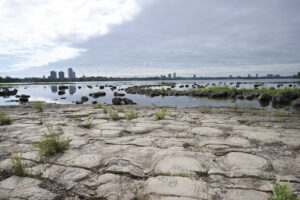On the most basic level, all the animals of the Earth are nothing more than a collection of carbon atoms. But carbon is disappearing from our oceans at an alarming rate. In fact, an amount of carbon equivalent to that of the entire human biomass will disappear from the deepest parts of the ocean’s seafloors within the next century.
Daniel Jones, a senior scientist of the United Kingdom’s National Oceanography Centre, has combined a number of different models to predict how the ocean’s deepest sea life will be affected by climate change in a study released in the Global Change Biology journal.
“The changes that we make on land will have consequences for some of the most remote life on the planet,” he says.
Deep beneath the surface, the ocean is a different place from the top 100 metres or so that houses the bulk of sea life. Light from the sun in the upper regions directly and indirectly allows for the generation of biomass, but some studies show that surface ocean warming will lead to an overall decrease of this production. Since the deep sea doesn’t generate any biomass of its own, other than around a few isolated hydrovents, life down in the dark relies almost exclusively on what rains down from the top — the bits of leftover food, dead bodies and fecal matter collectively referred to as export flux.
“The amount of carbon decreases exponentially until it reaches the seafloor,” Jones says.
Jones and a number of others took an average of eight export flux prediction models created by different institutes from 2006-2011 to forecast seafloor biomass. They found that over the next 100 years, the seafloor will be reduced by an average of 5 per cent, with some areas such as the North Atlantic near the U.K., diminishing by as much as 38 per cent.
“Our projections suggest vast changes to the deep ocean,” Jones says. “The deep ocean is not immune from climate change.” He says 80 per cent of areas of particular importance, such as corals, canyons or underwater mountains, will be negatively affected.
Although the overall mass will change, he says it’s difficult to say exactly how life will transform on the bottom. Some areas will actually increase in the sum of life, but it isn’t clear why, other than the idea that different animals may take advantage of different dietary interests.
Jones says this change on the seafloor will also retroactively affect life further up, but it will take much longer.




